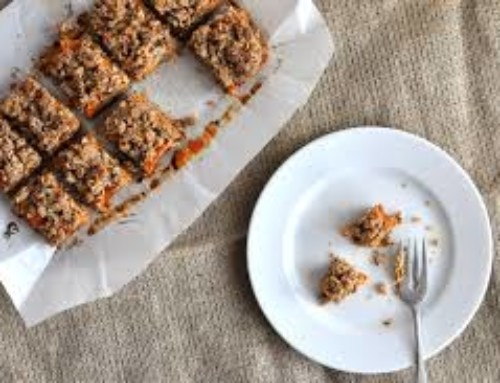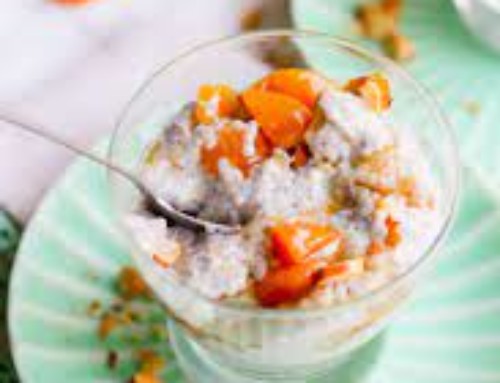Why are healthy snacks so important?
The combination of frequent growth spurts and several hours of sports training per week equals near constant hunger in young athletes. While it’s relatively easy to persuade a hungry athletes to eat balanced meals, healthy snacking is another story. The right snacks play an integral role in providing energy and essential nutrients. The wrong snacks, such as convenience foods full of sugar, salt and harmful fats, may lead to myriad health problems including poor athletic performance.
Young athletes have relatively high energy needs and require a variety of vitamins and minerals to stay healthy and perform at their best. Boys need approximately 2,300 calories per day between the ages of 9-13 and 3,200 calories between the ages of 14-18. Girls need approximately 2,100 calories per day between the ages of 9-13 and 2,400 calories between the ages of 14-18. It is important to understand that not all calories are created equal. In other words, soda and candy are full of harmful antinutrients and do not offer the same health benefits as real food snacks such as apples and carrots.
Never put your child on a restrictive low-calorie or low-carbohydrate diet unless advised by a qualified healthcare practitioner. Generally speaking, young athletes need a healthy dose of carbohydrates, fat and protein from real, whole foods.
How can I encourage my child to snack on healthy foods?
Like it or not, parents/caregivers are the single most important influence on the dietary habits of their children. Be a good example by snacking on healthy foods. Load up on real foods such as eggs, meats, nuts, vegetables and fruits. Offer your child at least five servings of veggies every day.
Rethink fast food! Fresh vegetables and fruits are the perfect grab-and-go snacks. They’re healthy, convenient and super hydrating. (Hydration is something young athletes need to be conscious of both on and off the field!) Keep plenty of nutritious, easy-to-grab raw vegetables and fruits in your refrigerator.
What does healthy snacking look like?
Some of my favorite smart snacks include chopped raw veggies (carrots, celery, bell peppers, sugar snap peas, jicama, etc.) with hummus or guacamole, a piece of fresh fruit with almonds or organic cheese, hard-boiled eggs, olives, turkey and avocado lettuce wraps, and whole grain crackers with nut butter or organic lunch meat and cheese. Many active children and teens are hungry for a mini-meal between school and sports practice so this is a great time to pull out leftovers. I also like to keep healthy homemade trail mix on hand and have a stash of leftover homemade waffles/pancakes in the freezer for a quick snack (they are delicious warmed in a toaster oven and topped with raw honey, 100% fruit jam and/or nut butter!).
Frozen fruit makes a healthy and satisfying sweet treat. Try frozen grapes or bananas on a warm day. Stock up on organic frozen berries and spinach to add to smoothies.
Empty calories from soda, energy drinks and juice boxes should never replace calories from nutrient-dense real foods. These beverages are loaded with sugar and can include artificial colors and flavors that may cause harm. Too much refined sugar can cause blood sugar dysregulation (think prediabetes) and may affect bone density. The caffeine in soda and energy drinks is also problematic for young athletes. Replace these beverages with pure water. Water should be the go-to beverage for young athletes (and their parents!).
Smart snacking in a nutshell…Every parent wants to feed his or her child the healthiest, most nutritious food possible. Remember, the best way to teach children the right way to snack is to be a good example. Focus on fresh foods such as vegetables and fruit. They are both healthful and hydrating, which is critical for young athletes. Limit sweets, especially convenience foods and sugary beverages. Stock your refrigerator and pantry with delicious and nutritious foods and you will score big points with your family!








Leave A Comment
You must be logged in to post a comment.